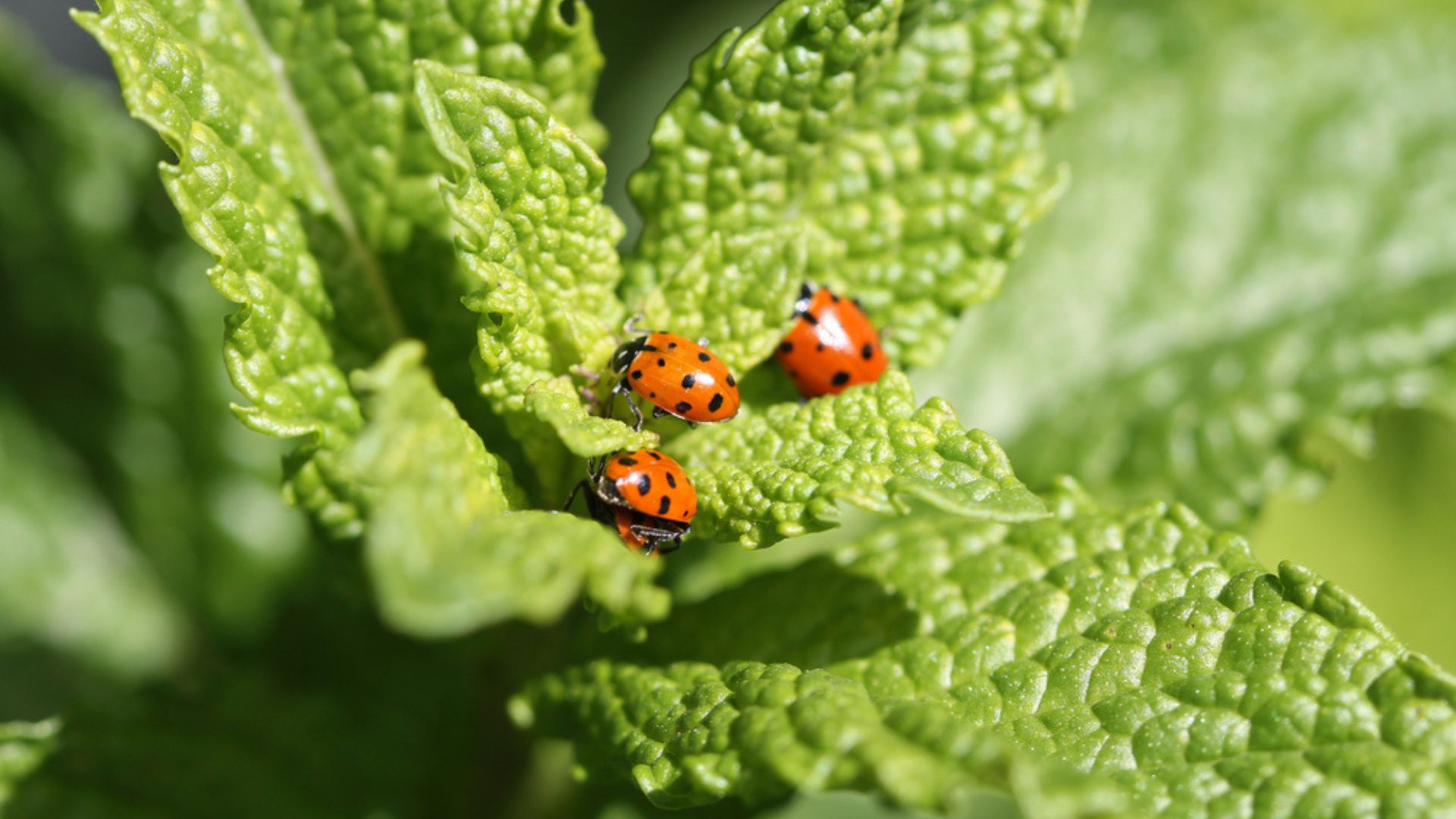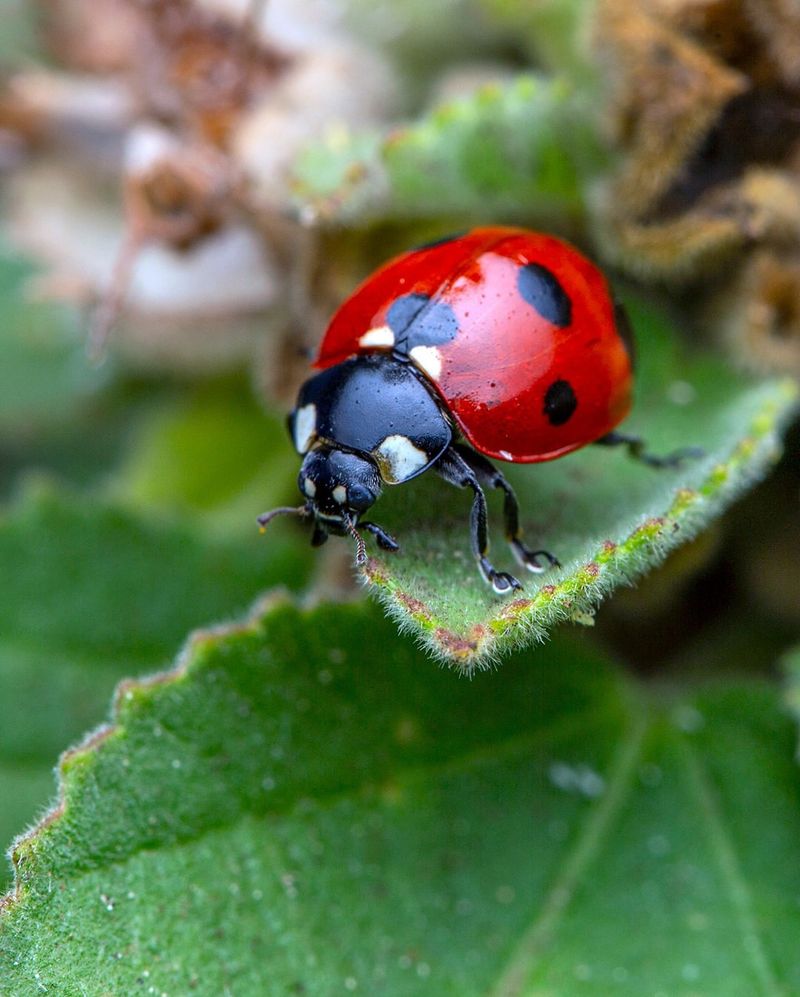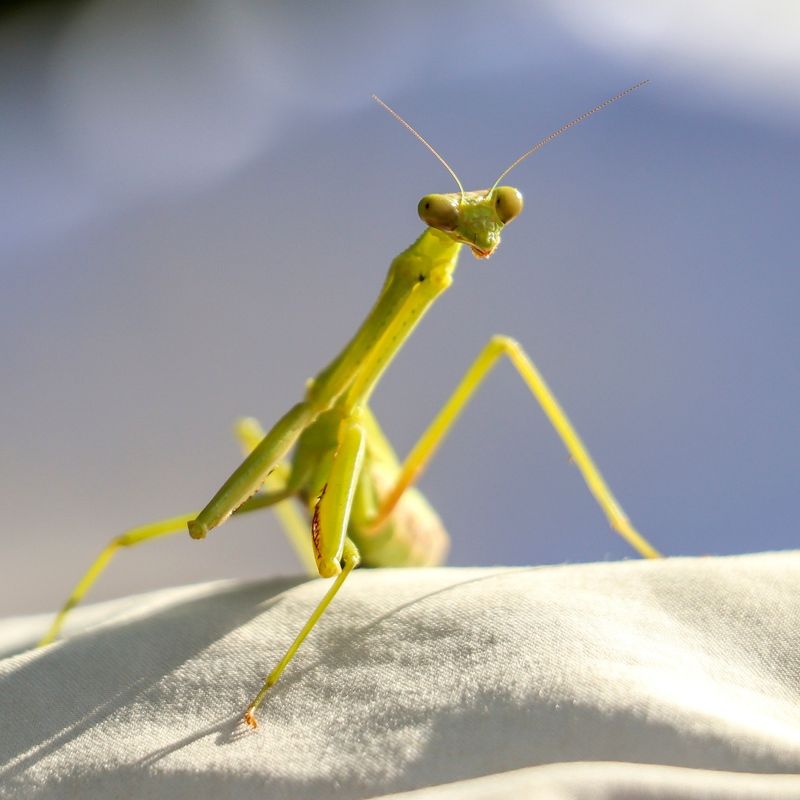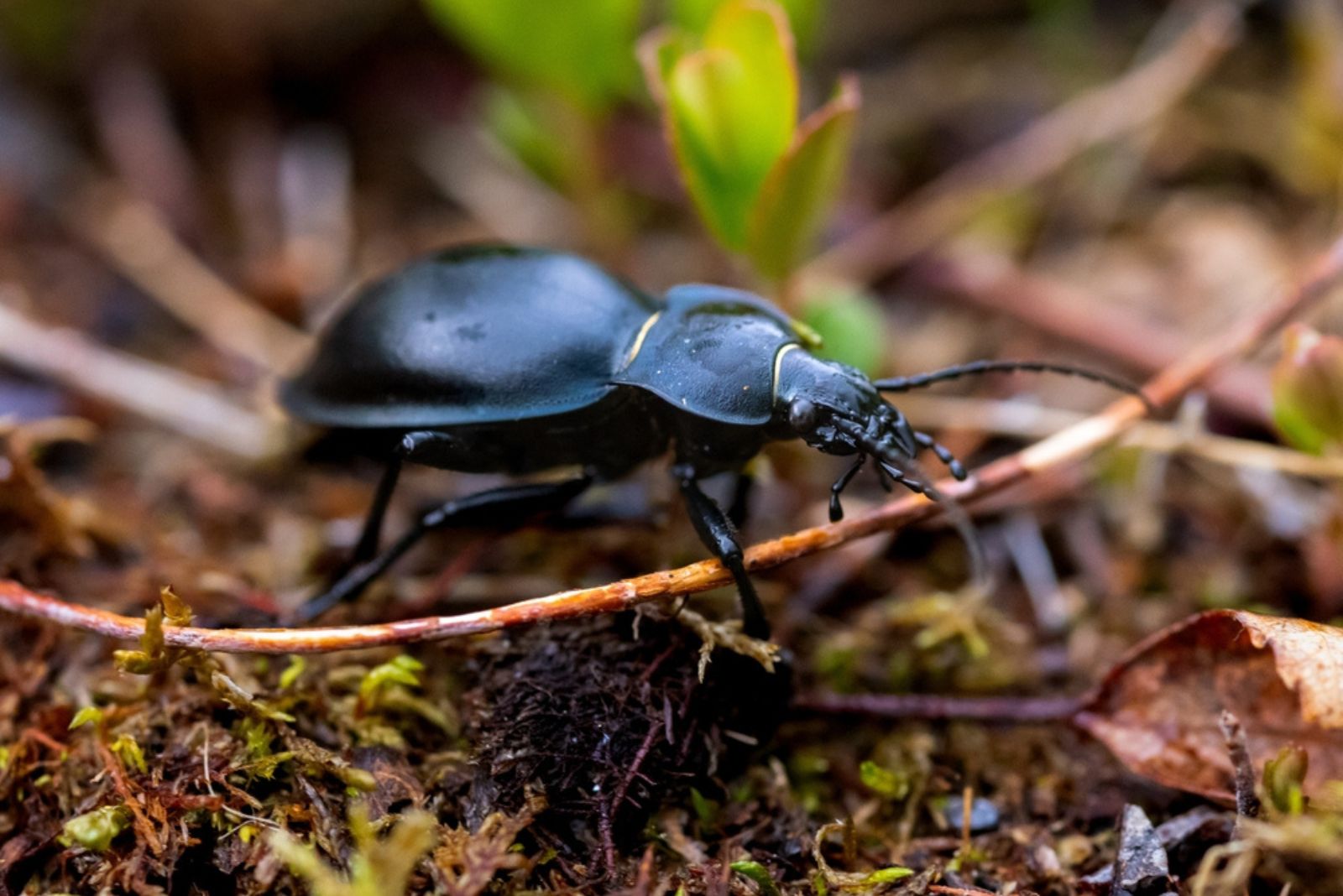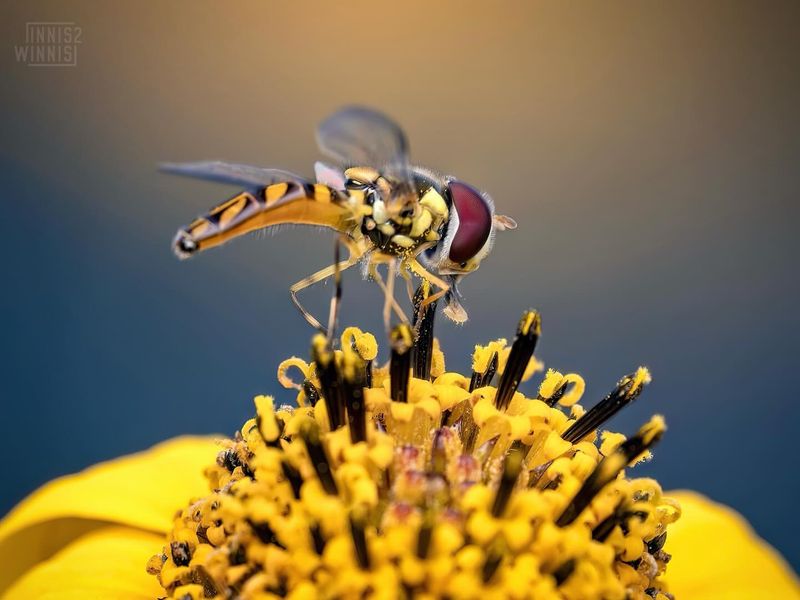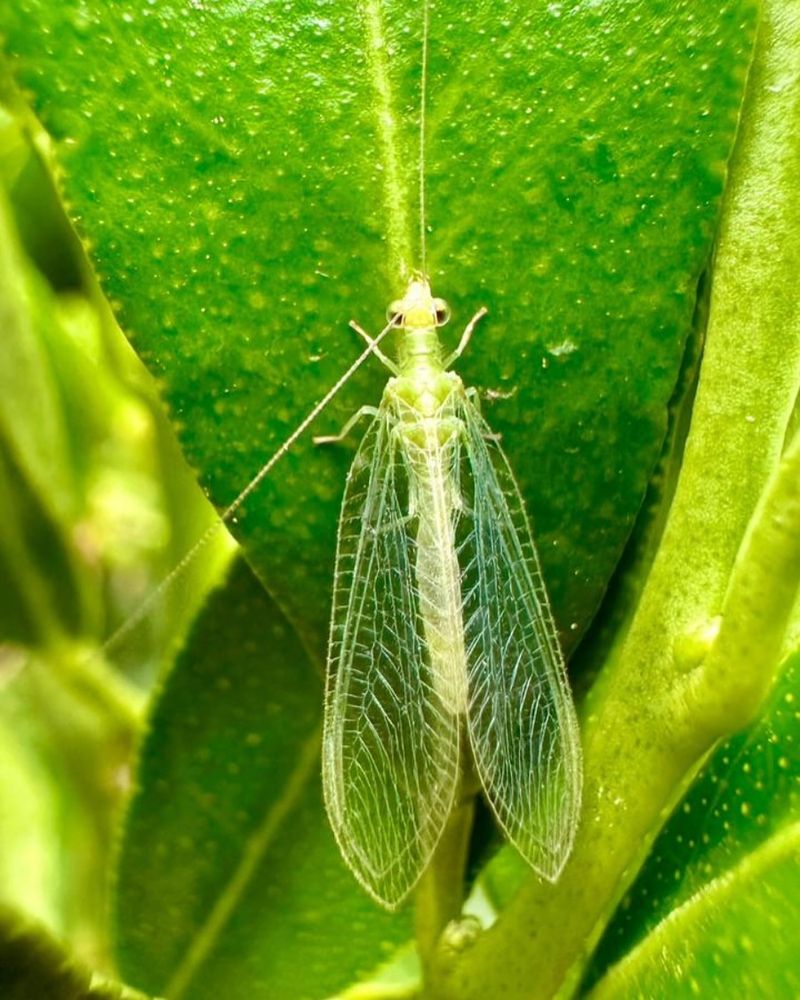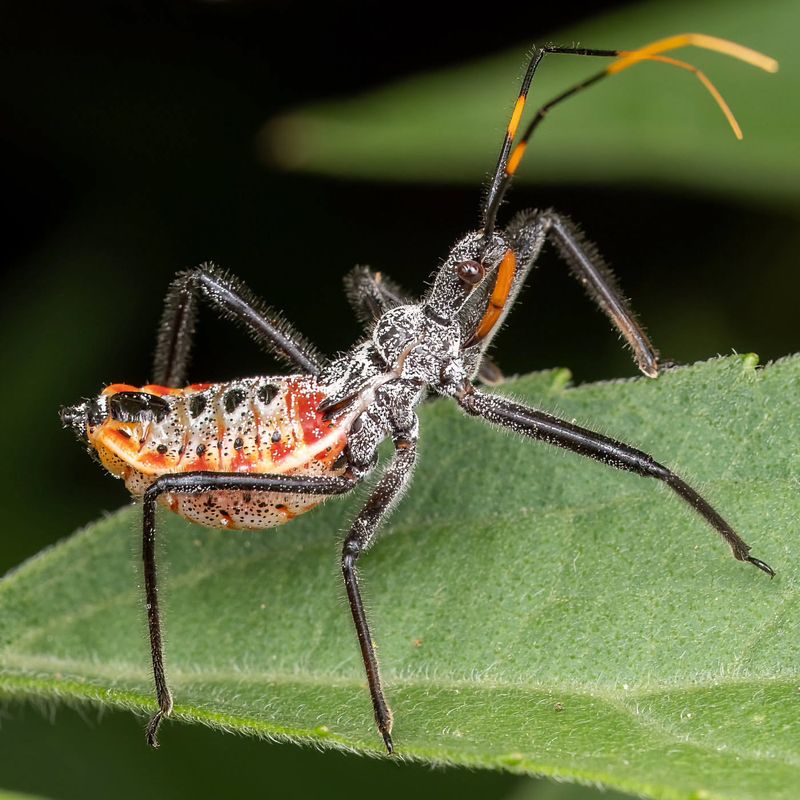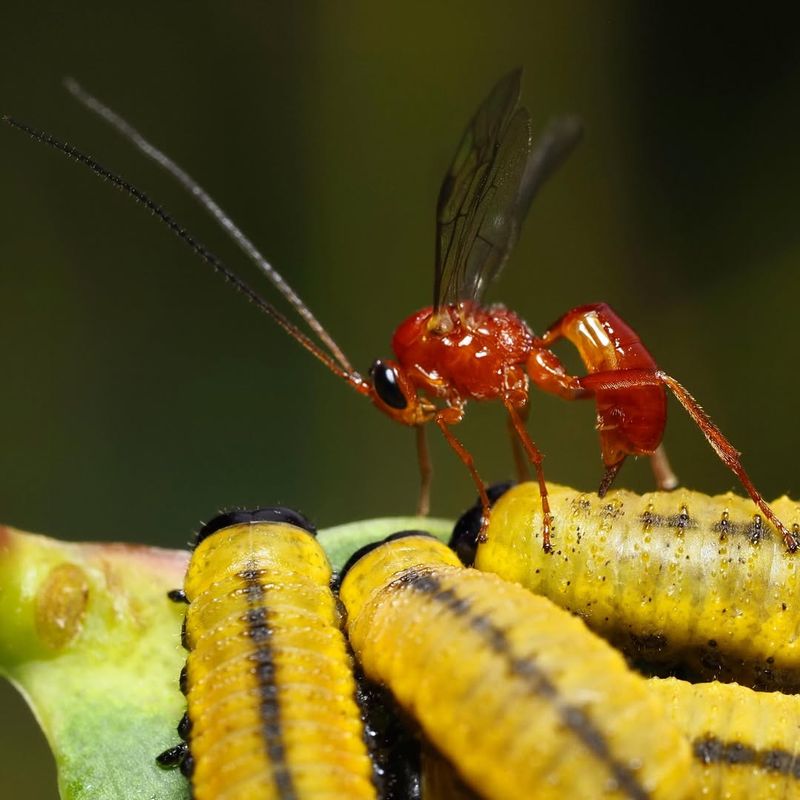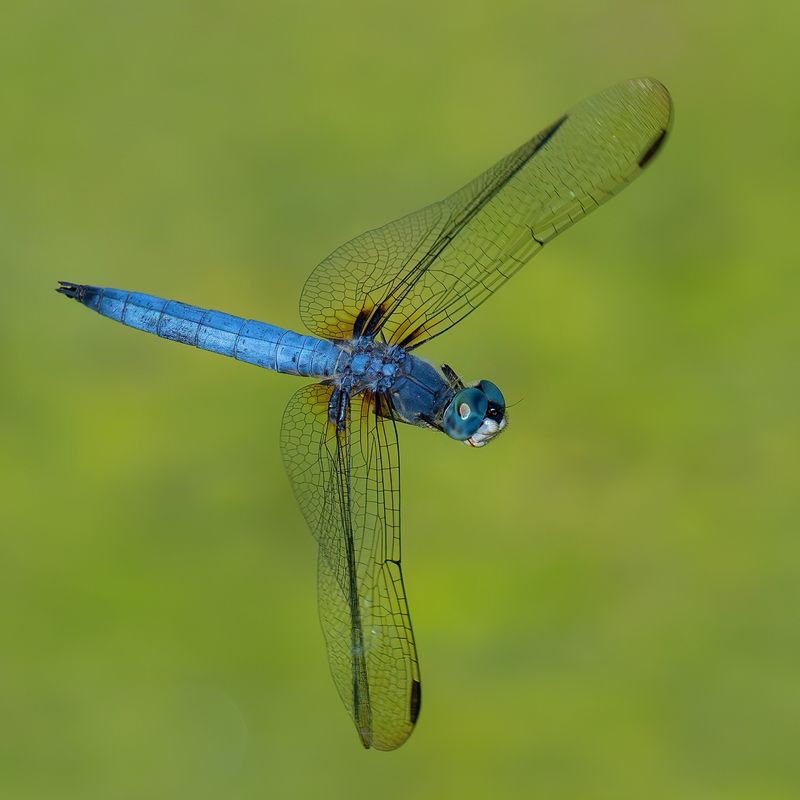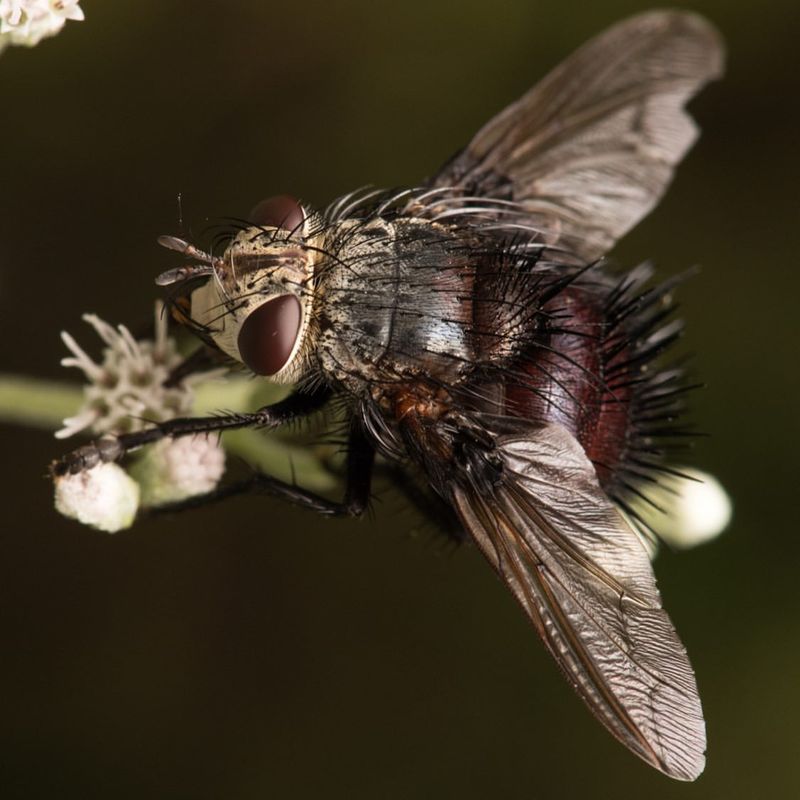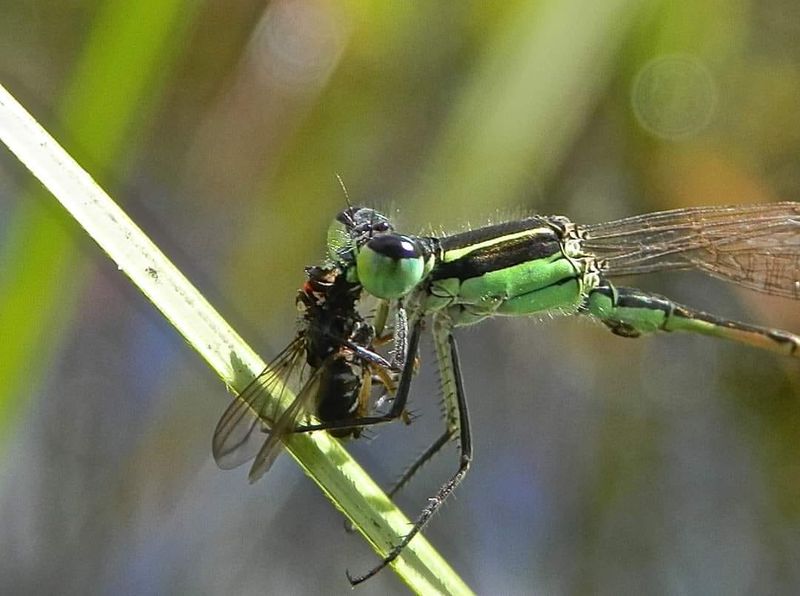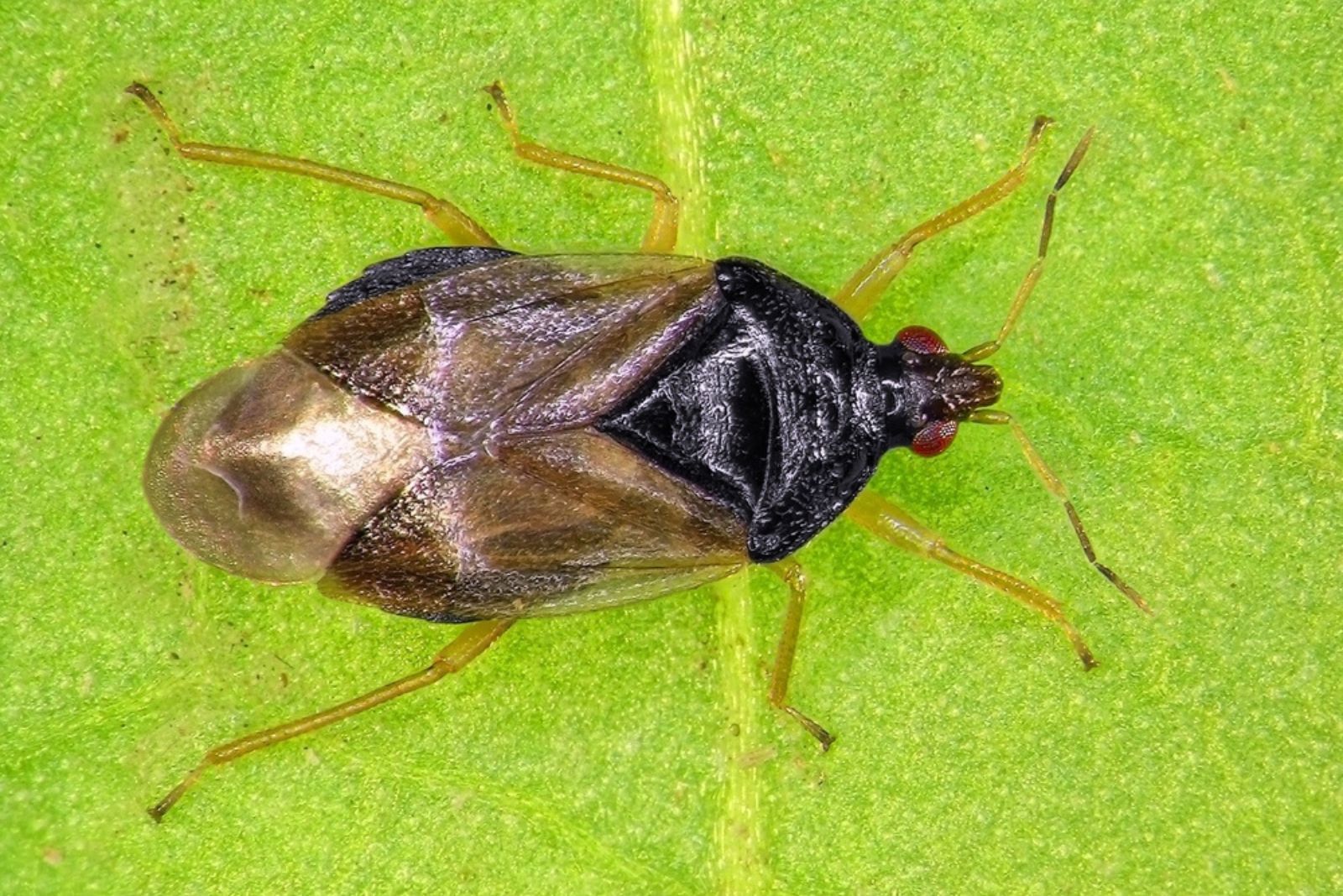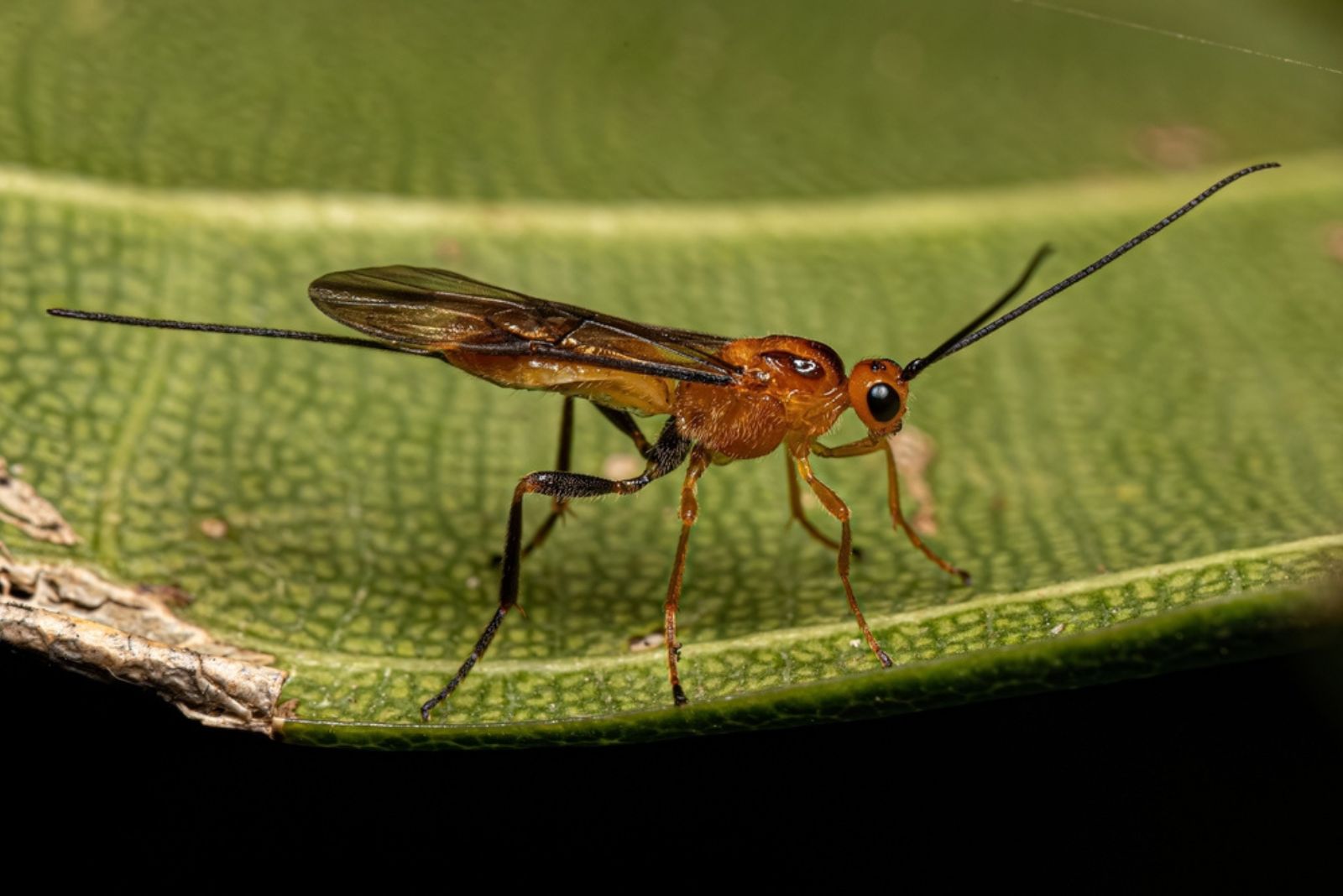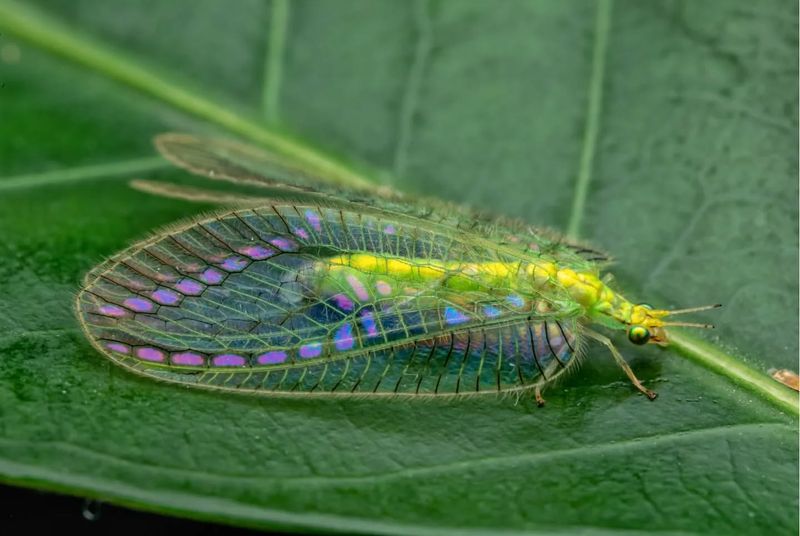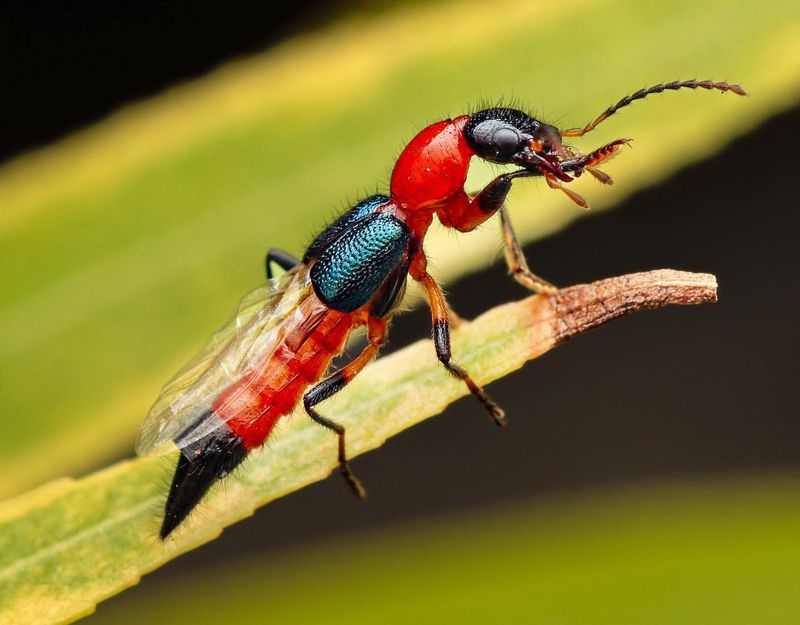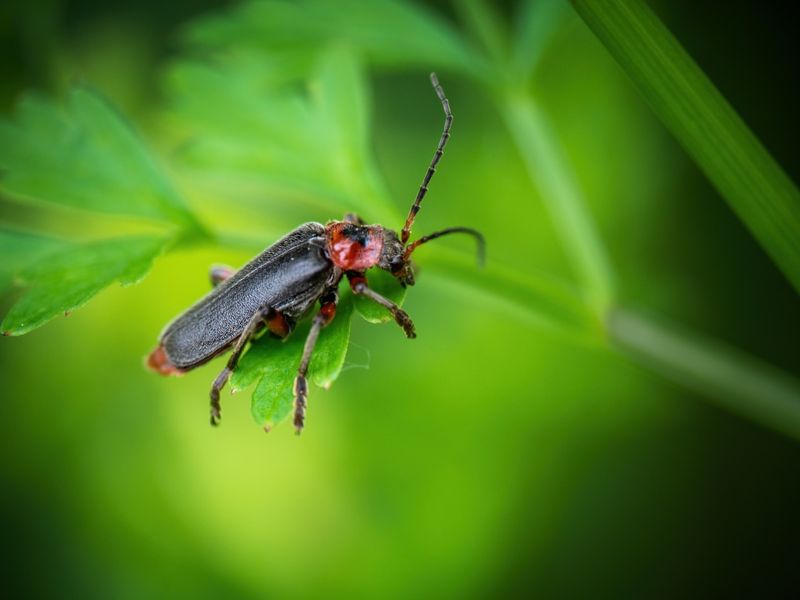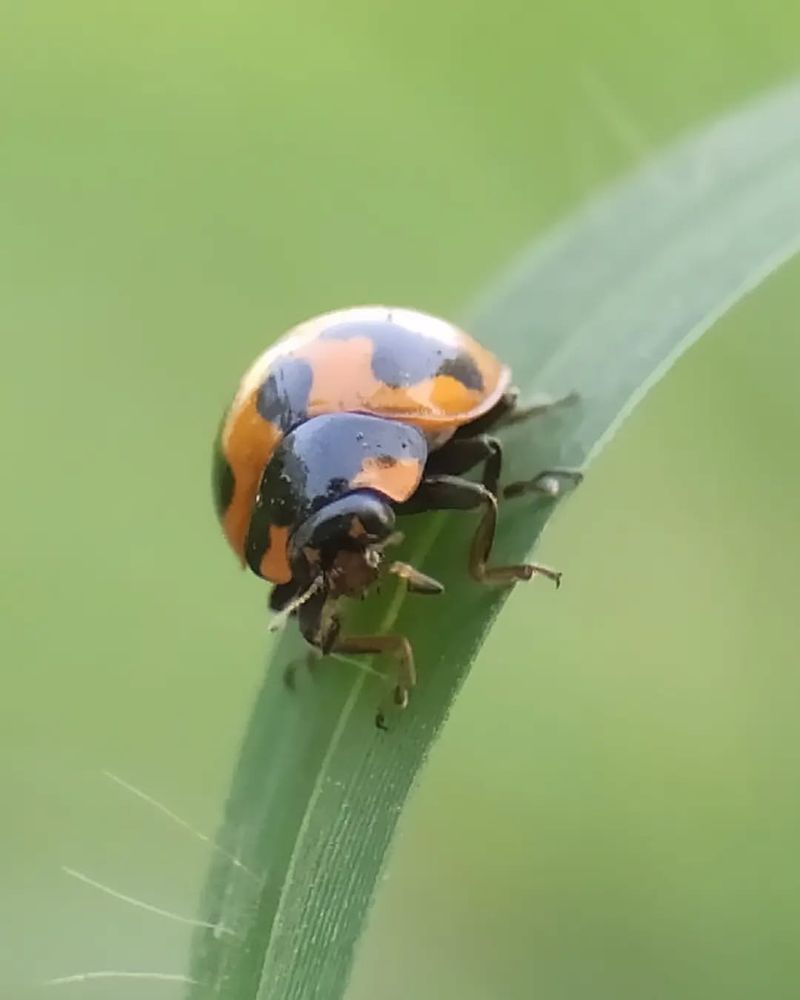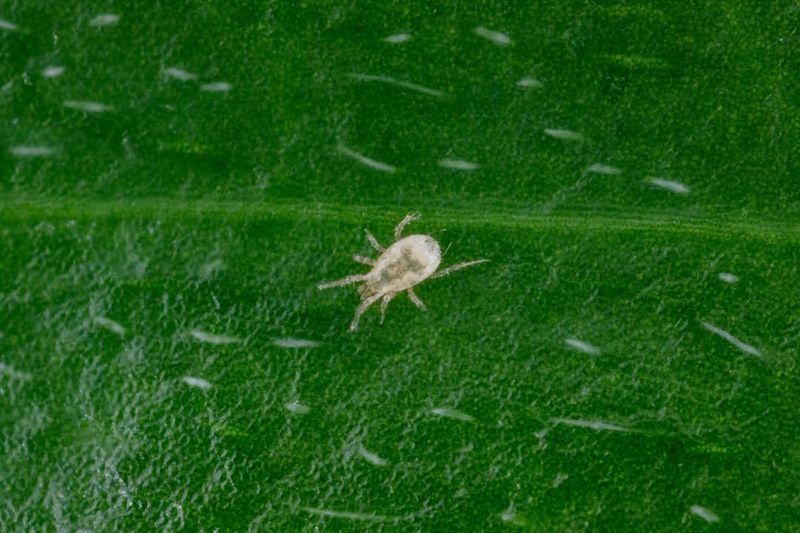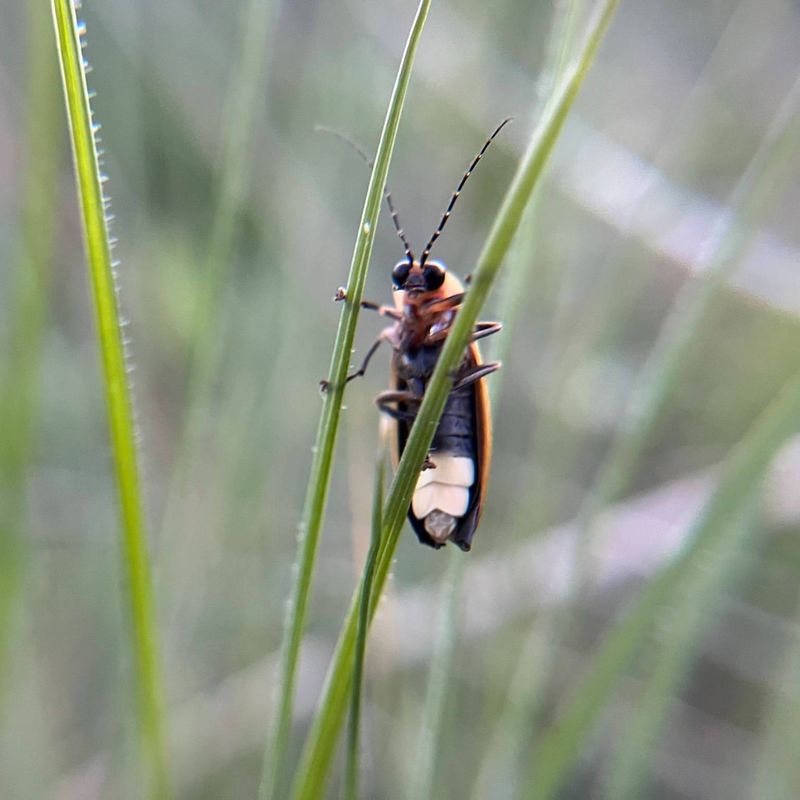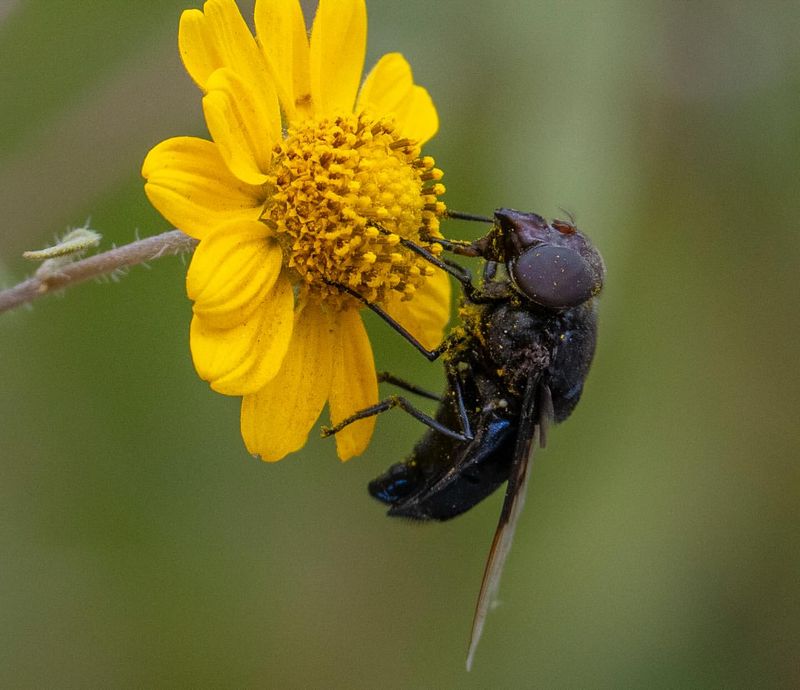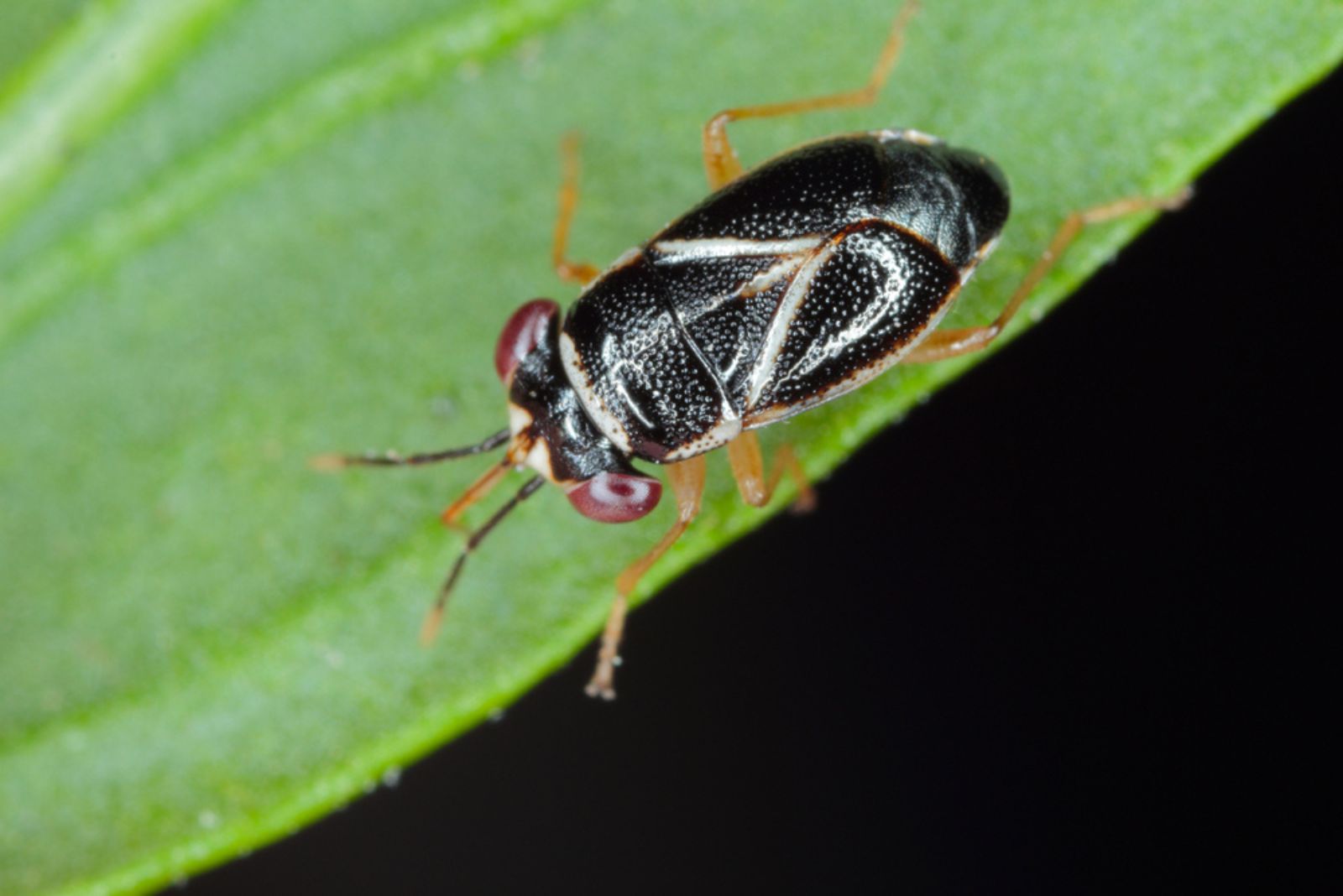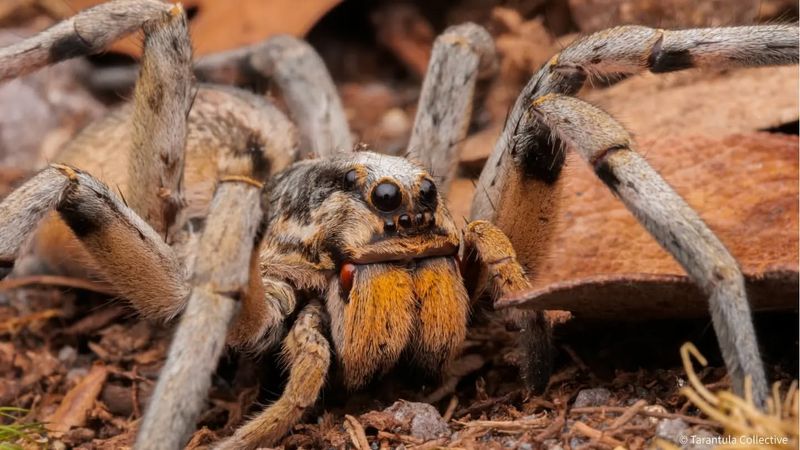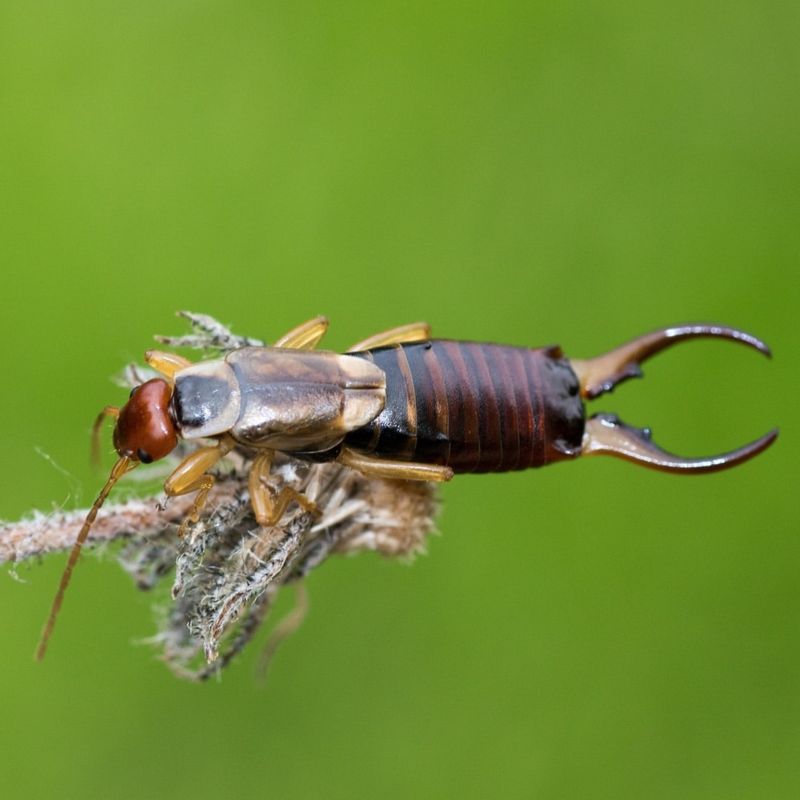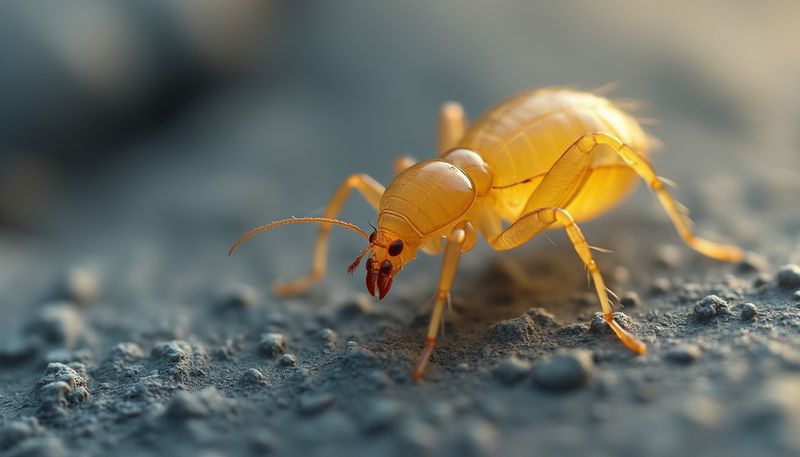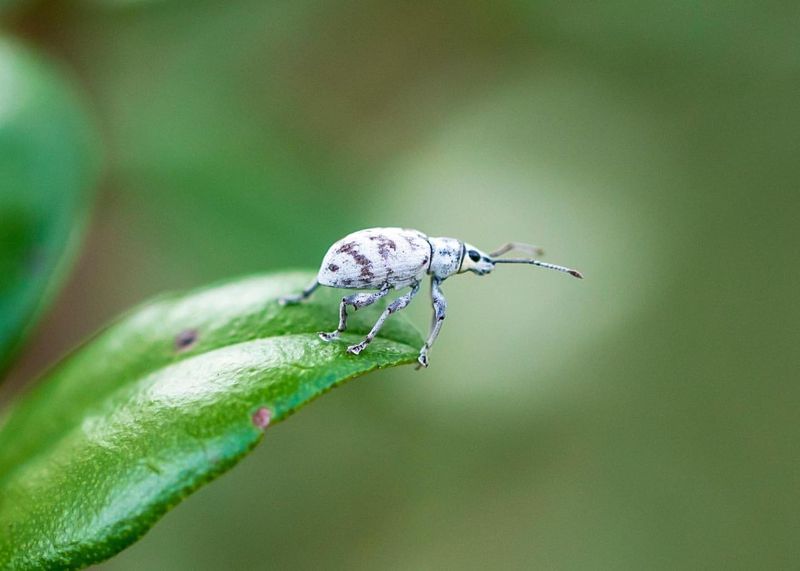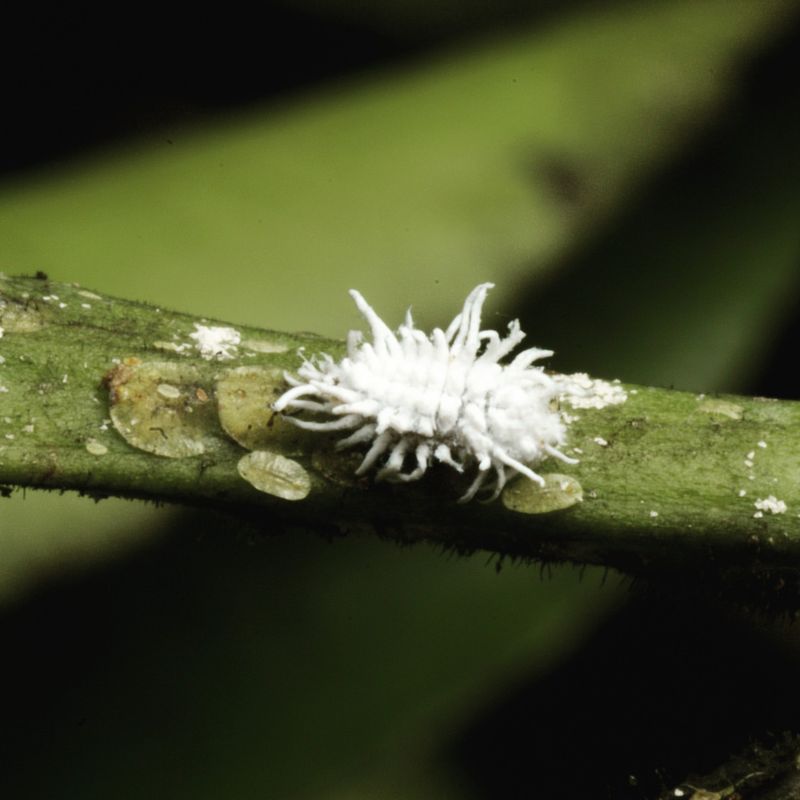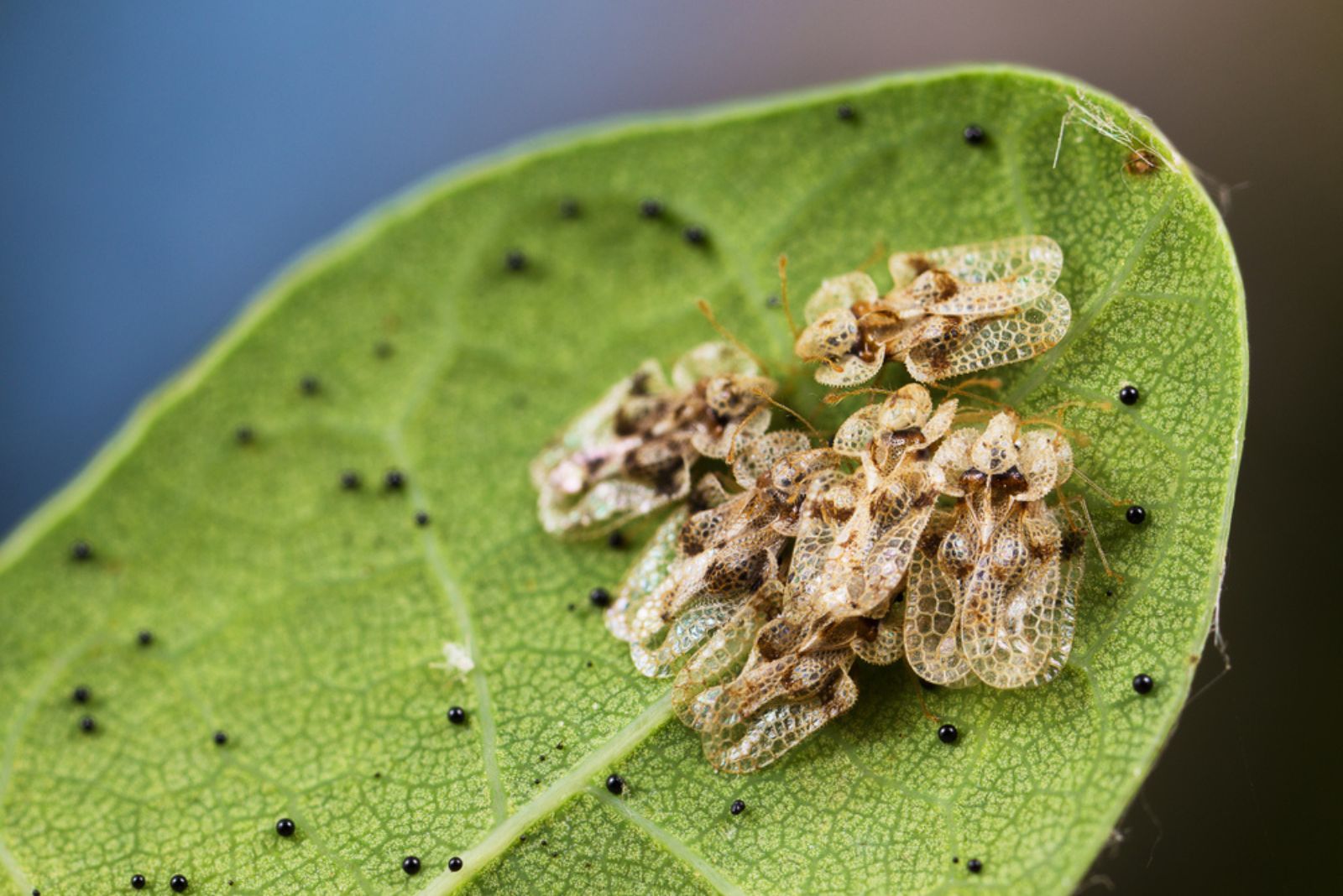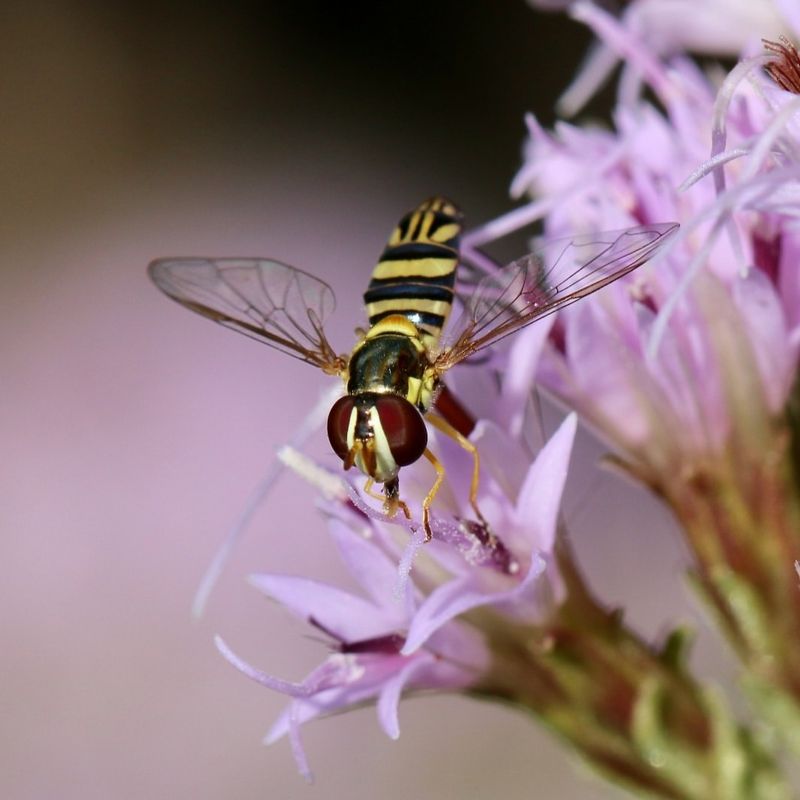Gardens thrive best with the help of beneficial insects that play crucial roles in pollination, pest control, and nutrient cycling. These insects are nature’s way of maintaining balance in your yard, helping plants to flourish while keeping harmful pests at bay.
Embracing these beneficial bugs not only enhances the beauty of your garden but also supports a healthy ecosystem. Let’s explore these 27 helpful insects and why you should welcome them into your outdoor space.
1. Ladybug
In the bustling world of insects, one critter stands out with its vibrant colors and helpful nature. The ladybug, known for its striking red and black spots, is a gardener’s best friend. These tiny beetles feast on aphids, a common pest that can wreak havoc on plants.
Encouraging ladybugs to inhabit your garden can lead to healthier plants, as they naturally reduce the population of harmful insects. With their beneficial presence, your garden can thrive without the need for chemical pesticides.
Their cheerful appearance also adds a touch of charm to any green space.
2. Praying Mantis
The garden becomes a stage for fascinating insect life when the praying mantis is around. This insect, with its unique triangular head and long, slender body, is a master of camouflage. Praying mantises are predatory insects that help control pest populations by feeding on flies, mosquitoes, and other nuisances.
Their presence in your garden can significantly reduce the need for artificial pest control, creating a more organic environment.
Observing a praying mantis offers a glimpse into the intricate balance of nature, making them a welcome guest in any yard.
3. Ground Beetle
Beneath the surface of the soil, ground beetles work diligently to benefit your garden. These shiny, black insects are nocturnal hunters, preying on slugs, caterpillars, and other pests that dwell in the dirt.
Ground beetles are essential for maintaining a healthy ecosystem, as they naturally control populations of soil-dwelling pests. By allowing these beetles to roam your garden, you reduce the need for harmful pesticides.
Their role in pest control and soil aeration is invaluable, making ground beetles a beneficial presence in any outdoor space.
4. Hoverfly
In the dance of pollinators, the hoverfly takes center stage with grace and agility. Resembling a small bee, this insect is harmless and plays a vital role in pollination.
Hoverflies help fertilize flowers by transferring pollen as they move from bloom to bloom, supporting plant reproduction and diversity. Additionally, their larvae consume aphids, providing natural pest control.
Welcoming hoverflies into your garden can lead to more bountiful blooms and a healthier ecosystem, making them an essential ally for any gardener focused on sustainability.
5. Lacewing
Amidst the greenery, the lacewing is a delicate presence with a powerful impact. These insects, with their translucent wings, are known for their ability to control aphid populations.
Lacewings lay eggs near aphid colonies, and their larvae devour these pests, protecting plants from damage. By fostering their presence, gardeners can maintain vibrant plants without resorting to chemical interventions.
In addition to their pest control benefits, lacewings add a touch of elegance to the garden, showcasing the beauty and efficiency of nature’s pest management.
6. Assassin Bug
Patrolling the yard with stealth and precision, the assassin bug is a formidable ally in pest control. This insect, recognized by its elongated body and piercing mouthpart, preys on a variety of harmful insects such as aphids, caterpillars, and beetles.
By naturally reducing pest populations, assassin bugs help maintain healthy plants and reduce the need for chemical pesticides.
Their presence contributes to a balanced garden ecosystem, where beneficial and harmful insects coexist, leading to a more sustainable environment.
7. Parasitic Wasp
In the world of tiny warriors, the parasitic wasp stands out for its unique method of pest control. These wasps are known for laying their eggs inside or on the bodies of caterpillars and other pests.
The larvae then consume the host, effectively reducing the population of harmful insects. This natural form of pest management minimizes the need for chemical interventions, promoting a healthier garden.
Introducing parasitic wasps into your yard can lead to a more balanced ecosystem, where plants can flourish with minimal pest interference.
8. Dragonfly
Gliding through the air with ease, the dragonfly is a captivating insect that contributes greatly to your garden’s health. With its iridescent wings and agile flight, the dragonfly preys on mosquitoes and other small insects.
These skilled hunters reduce the number of pests that can spread diseases, making your outdoor spaces more enjoyable and safe.
By creating a habitat that attracts dragonflies, such as a pond or water feature, you can encourage their presence and support a balanced garden ecosystem.
9. Tachinid Fly
Hidden among the foliage, the tachinid fly plays a crucial role in controlling garden pests. With its bristly body and large eyes, this fly may not be as visually striking as others, but its impact is substantial.
Tachinid flies lay their eggs on pest insects, and the emerging larvae consume the host, reducing populations of caterpillars and beetles.
This natural pest control method decreases the reliance on chemical solutions, fostering a more organic garden environment. Welcoming tachinid flies can enhance your garden’s resilience against pests.
10. Damsel Bug
In the quiet corners of your garden, the damsel bug goes about its vital work. This insect, with its slender body and long antennae, preys on aphids, beetles, and caterpillars.
Damsel bugs are effective natural pest controllers, helping to maintain plant health without the need for chemical pesticides. Their presence supports a balanced ecosystem, where beneficial insects thrive alongside plants.
By encouraging damsel bugs to inhabit your garden, you contribute to a more sustainable and vibrant outdoor environment.
11. Minute Pirate Bug
Though small in size, the minute pirate bug has a significant impact on garden health. This tiny insect, with its black and white patterned body, preys on thrips, spider mites, and aphids.
Minute pirate bugs are effective at controlling pest populations, promoting healthier plants without chemical interventions.
Their role in maintaining a balanced ecosystem is invaluable, making them a welcome presence in any garden. By encouraging these bugs, you support a natural method of pest management that enhances the vibrancy of your outdoor space.
12. Braconid Wasp
Amidst the buzz of garden life, the braconid wasp quietly performs its essential role. This wasp, though small in size, has a powerful impact on pest populations. Braconid wasps lay their eggs on caterpillars and other pests, and the larvae feed on the host.
This natural pest control method reduces the need for chemical solutions, fostering an organic garden environment.
Welcoming braconid wasps into your yard can lead to a more balanced ecosystem, where plants thrive with minimal pest interference.
13. Green Lacewing
In the tapestry of beneficial insects, the green lacewing is a standout for its pest control prowess. Known for its delicate, translucent wings, the green lacewing preys on aphids, mites, and other soft-bodied insects.
This insect lays eggs near pest colonies, and their larvae devour these nuisances, protecting plants from damage.
Encouraging green lacewings in your garden enhances its health and vibrancy, reducing the need for chemical interventions. Their presence supports a natural balance, making your garden a haven for both plants and beneficial insects.
14. Rove Beetle
Often unnoticed, the rove beetle is a diligent worker in the garden. With its elongated body and short elytra, this beetle preys on root maggots, nematodes, and other soil-dwelling pests.
Rove beetles contribute to soil health by aerating the earth as they move, promoting better plant growth. Their presence reduces the need for chemical pest control, supporting a more sustainable garden environment.
By fostering an ecosystem that attracts rove beetles, you enhance your garden’s resilience and vitality.
15. Soldier Beetle
Amidst the vibrant blooms, the soldier beetle makes its presence known. With a bright orange body and distinctive black markings, this beetle preys on aphids, caterpillars, and other pests.
Soldier beetles are beneficial for pollination, as they often feed on nectar and pollen, aiding in plant reproduction.
Their dual role in pest control and pollination makes soldier beetles a valuable addition to any garden. By encouraging their presence, you support a healthier, more biodiverse outdoor space.
16. Spined Soldier Bug
In the realm of natural pest control, the spined soldier bug is a formidable ally. Recognized by its armored body and spined shoulders, this insect preys on caterpillars, beetle larvae, and other pests.
Spined soldier bugs help maintain plant health by naturally reducing pest populations, minimizing the need for chemical pesticides. Their presence supports a balanced ecosystem, where beneficial insects coexist with plants.
By attracting spined soldier bugs to your garden, you contribute to a more sustainable and vibrant outdoor environment.
17. Predatory Mites
In the microscopic world of mites, predatory mites play a crucial role in garden health. These tiny, translucent creatures feed on harmful spider mites and other small pests.
Their presence in your garden can drastically reduce pest populations, promoting healthier plants without the need for chemical interventions.
By fostering an environment that supports predatory mites, you enhance your garden’s natural pest management system, leading to more robust plant growth and a balanced ecosystem.
18. Firefly
As the sun sets and darkness falls, the enchanting glow of fireflies lights up the night. These insects, known for their bioluminescent bodies, play an important role in the garden ecosystem. Firefly larvae feed on slugs, snails, and other garden pests, contributing to natural pest control.
Their presence adds a magical ambiance to any outdoor space, while also supporting plant health. By creating a habitat that attracts fireflies, such as with moist soil and organic matter, you encourage their beneficial presence in your garden.
19. Flower Fly
Amidst the vibrant petals, the flower fly performs its essential work. Resembling a small bee, this fly is harmless and contributes significantly to pollination.
Flower flies aid in the reproduction of plants by transferring pollen as they move from flower to flower. Their larvae also consume aphids, providing natural pest control.
By encouraging flower flies in your garden, you support biodiversity and enhance plant health, creating a thriving outdoor environment.
20. Big-Eyed Bug
In the diverse world of beneficial insects, the big-eyed bug stands out for its unique appearance and role. With large eyes and a small, oval body, this bug preys on mites, aphids, and small caterpillars.
Big-eyed bugs contribute to natural pest control, reducing the need for chemical pesticides and supporting plant health. Their presence in your garden enhances biodiversity, promoting a balanced ecosystem.
By attracting big-eyed bugs, you foster a thriving environment where beneficial insects and plants coexist harmoniously.
21. Spiders
In the world of eight-legged wonders, spiders play a vital role in pest control. These arachnids, often found weaving intricate webs, capture flies, mosquitoes, and other pests.
Spiders contribute to maintaining a balanced ecosystem, as they naturally reduce the population of harmful insects. Encouraging spiders in your garden supports plant health and minimizes the need for chemical interventions.
Their presence adds an element of intrigue and beauty to any outdoor space, showcasing the intricacies of nature’s web.
22. Earwigs
Though often misunderstood, earwigs are beneficial insects that play a role in maintaining garden health. With their distinctive pincers and elongated bodies, earwigs feed on aphids, mites, and decaying organic matter.
Their presence helps in controlling pest populations and recycling nutrients back into the soil. By fostering an environment that attracts earwigs, you support a more sustainable garden ecosystem.
These insects offer a natural way to manage pests, reducing the need for chemical solutions and enhancing your garden’s vibrancy.
23. Fungus Gnat Predators
In the shadowy corners of your garden, fungus gnat predators diligently work to control pest populations. These tiny insects feed on fungus gnats and other soil-dwelling pests, supporting plant health.
By reducing the presence of harmful insects, fungus gnat predators minimize the need for chemical interventions. Creating a habitat that attracts these predators fosters a more balanced garden ecosystem.
Their role in pest management is invaluable, making them a crucial ally for any gardener focused on sustainability.
24. Pirate Bug
In the rich tapestry of beneficial insects, the pirate bug is a tiny yet mighty presence. With a black and white patterned body, this bug preys on thrips, spider mites, and aphids.
Pirate bugs contribute to maintaining plant health by naturally reducing pest populations, minimizing the need for chemical pesticides. Their presence supports a balanced ecosystem, where beneficial insects and plants coexist harmoniously.
By attracting pirate bugs to your garden, you foster a thriving environment that enhances the beauty and vitality of your outdoor space.
25. Mealybug Destroyer
Amidst the leaves, the mealybug destroyer beetle carries out its mission with precision. Known for its small, black and red body, this beetle preys on mealybugs and other soft-bodied pests.
The presence of mealybug destroyers in your garden can significantly reduce pest populations, promoting healthier plants without chemical interventions.
By fostering an environment that attracts these beetles, you support a natural method of pest management, enhancing your garden’s resilience and vitality.
26. Lace Bugs
In the intricate dance of garden life, lace bugs hold a unique role. With their delicate wings and intricate patterns, these insects feed on plant sap and help control aphid populations.
Lace bugs contribute to the natural pest management system, reducing the need for chemical pesticides. Encouraging these bugs in your garden supports a balanced ecosystem where plants can flourish.
Their presence adds an element of beauty and efficiency, showcasing the delicate interplay of nature’s forces in your outdoor space.
27. Syrphid Fly
Among the garden’s pollinators, the syrphid fly stands out with its hovering flight. Resembling a small bee, this fly plays a crucial role in pollination, aiding in plant reproduction.
Syrphid fly larvae also consume aphids, contributing to natural pest control. By encouraging syrphid flies in your garden, you enhance its biodiversity and resilience.
Their presence supports a thriving outdoor environment, where plants and beneficial insects coexist in harmony, creating a vibrant and healthy garden.

